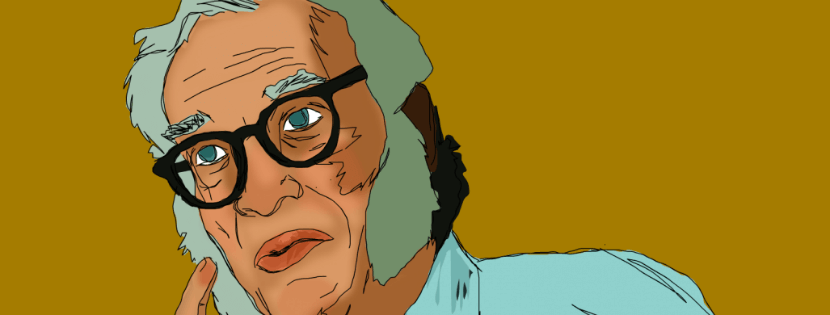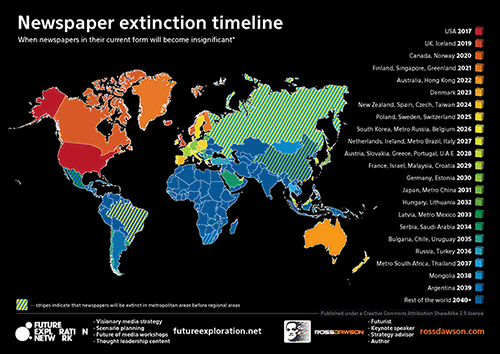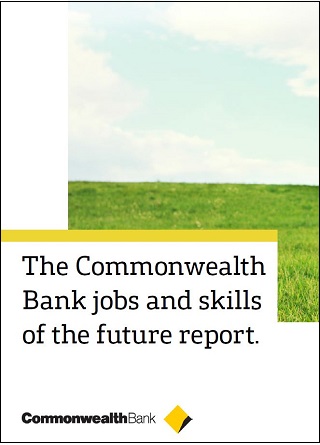How to shape strategy and lead for 2050: SxSW Sydney session
Australia’s national science agency CSIRO and leading deep-tech venture capital firm Main Sequence Ventures sponsored a 2050 content track at SxSW Sydney. It is fantastic to see truly long-term thinking in action in venture capital and tech innovation in Australia (or anywhere).
As part of the track Main Sequence Ventures partner Phil Morle and I had a conversation on The Next Blur: How To Be Ready for a World of Accelerating Change, essentially how to think strategically about 2050 for entrepreneurs and business leaders.
Here are some highlights from what we covered:











 The future of work has been a central theme of my work for many years. Work sits at the very center of society, the economy, and our individual and collective identities. It may well be the domain that is most disrupted by technological and social change in coming years. And education is at the heart of how we can make these shifts as positive as possible.
The future of work has been a central theme of my work for many years. Work sits at the very center of society, the economy, and our individual and collective identities. It may well be the domain that is most disrupted by technological and social change in coming years. And education is at the heart of how we can make these shifts as positive as possible.